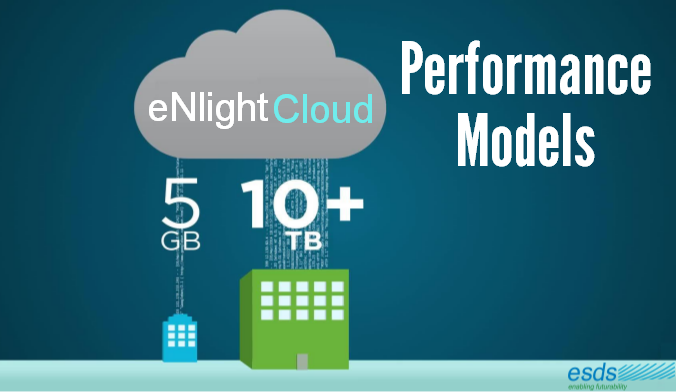Performance Models with eNlight Cloud

Summary:
Today, we will see two performance models in eNlight Cloud, these two different models means that you can choose an option that going to be most suiting to your requirements.
In eNlight each performance model is based around the way that cache memory and RAM are used (Read More: How many types of Cache do you know?). Cache memory can be seen as being an extension to RAM, which is primarily used by computers to access information more quickly that can be done so from disk.
Under some circumstances the cache memory can grow unhealthily large and the result of this is that a majority of the RAM ends up being reserved for cache purposes; this is the main design of most Linux distributions because it improves the execution speeds of certain commands that have been executed previously.
The amount of RAM that is used for the purpose of cache memory can have huge implications on the performance of a Virtual Machine. The two performance levels that we offer so that you are able to fully enjoy the high levels of performance that eNlight offers are:
- The economy-based model – With this model there are limits set on the size to which the cache memory on the RAM can grow. As there is a limit on the size of the cache, there is often no need to increase the size of the RAM. The economy-based model isn’t designed to offer high levels of performance because this impeded by data being accessed from the disk rather than from the memory. As this model is focused on limiting the size of the cache, it is the more affordable of the two models and is targeted more at customers running applications and database that are small and don’t require high performance benchmarks.
- The performance-based model – eNlight offers the performance-based model for customers that have web applications and databases that are subject to high levels of traffic and where large amounts of data are being processed constantly. For these customers we suggest a solution that uses a considerably large cache size for the storage devices; by doing this we can increase performance by avoiding the repetitive fetching of the same information from drives several time over and so that future requests can be handled immediately.
There are certain scaling limitations for you to be aware of:
- Linux VMs can have their CPUs scaled from 1 CPU to 24 CPUs
- The scaling capacity for Linux VMs runs from 512MB to 64GB with a security restriction in place at 16GB
- Windows VMs can have their RAM scaled anywhere between 1GB and 4GB
- Windows VMs come with 4 CPUs as standard.
